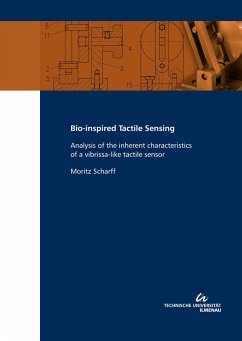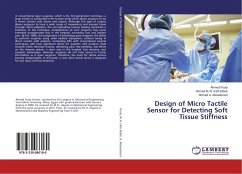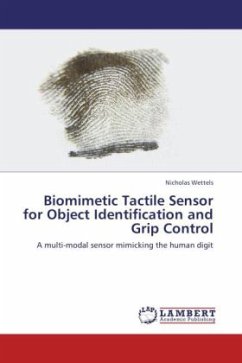The transfers of natural mechanisms and structures into artificial, technical applications aresuccessful approaches for innovation and become more important nowadays. The concept of Biomechatronics provides a structured framework to do so.Following these ideas, this work analyses a novel tactile sensor inspired by natural vibrissae. The sense of touch is an indispensable part of the sensory system of living beings. In, e.g., rats, the so-called vibrissal system, including long sensory hairs around the muzzle of the animals (vibrissae), is an essential part of tactile perception. Rats can determine the location, shape, and texture of an object by touching it with their vibrissae. Transferring these abilities to an artificial sensor design, the interaction between the hair/sensor shaft and different objects are analyzed. The sensor/hair shaft fulfills different functions in terms of a preprocessing of the captured signals. Therefore, by knowing and controlling these effects, the captured signals can be optimized in a way that particular information inside the captured signals is pronounced.
Hinweis: Dieser Artikel kann nur an eine deutsche Lieferadresse ausgeliefert werden.
Hinweis: Dieser Artikel kann nur an eine deutsche Lieferadresse ausgeliefert werden.








